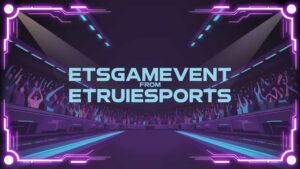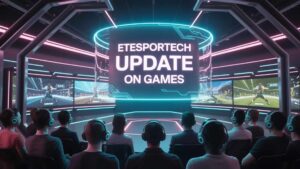What Is Gmrqordyfltk? — Full Tech Guide!
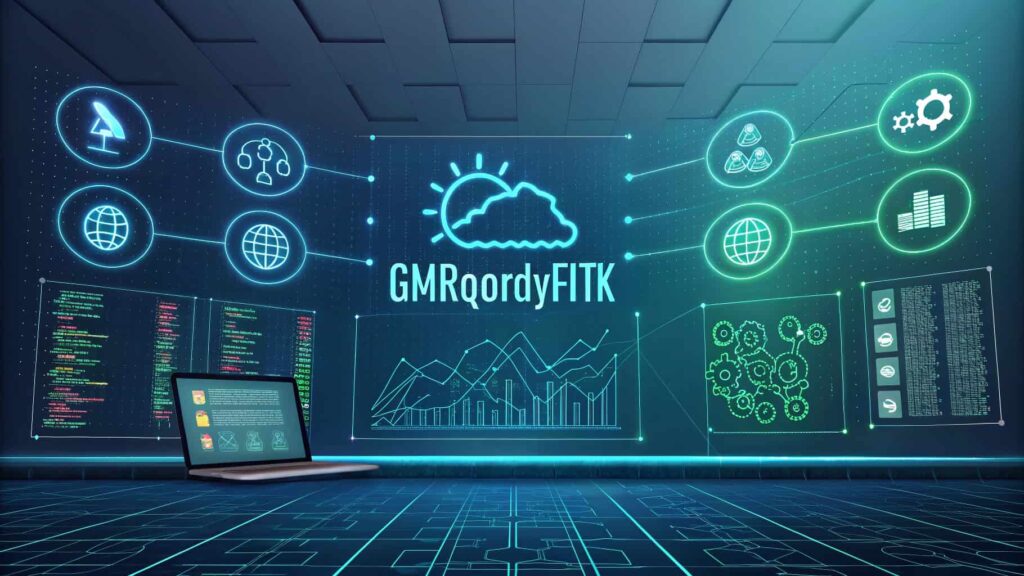
In the fast-paced world of technology, specific terms emerge unexpectedly and pique the curiosity of developers, engineers, and digital thinkers alike. One such term is gmrqordyfltk. At first glance, it may seem like a random string of characters. However, it serves a decisive role as a versatile identifier used in a wide range of technical applications.
This term has become a valuable asset in tech environments where systems, applications, and databases need a reliable way to manage and distinguish between different data types, versions, and resources. Whether you’re a software developer, cloud architect, or simply someone exploring new tech trends, understanding gmrqordyfltk could unlock fresh perspectives and solutions.
In this guide, we’ll explore the origin, significance, current uses, advantages, drawbacks, alternatives, and future of gmrqordyfltk in today’s digital landscape.
The Origins and Purpose of gmrqordyfltk:
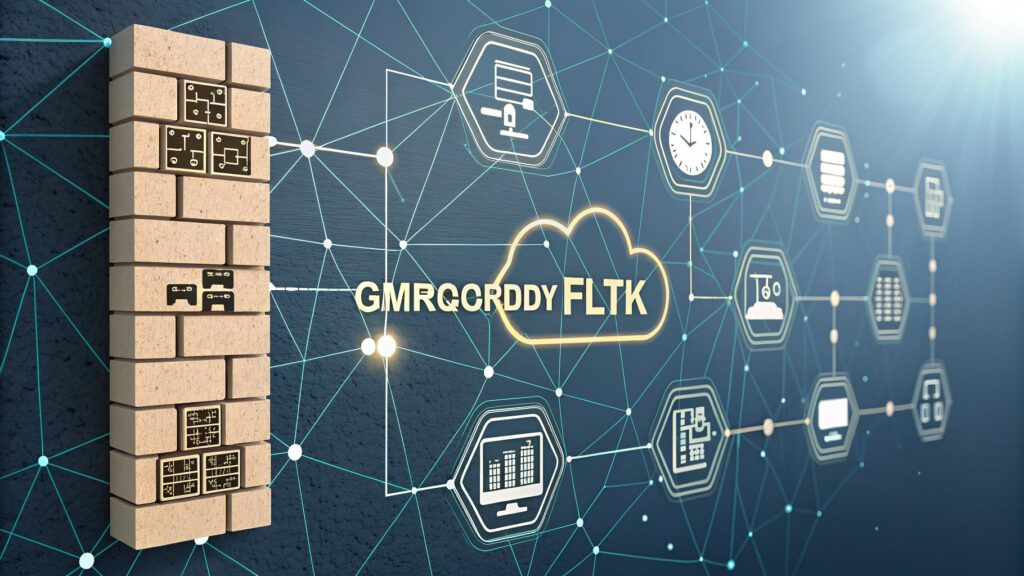
How It All Started
The concept of gmrqordyfltk originated from the growing necessity for systems to use globally unique and secure identifiers. As digital platforms expanded, so did the complexity of tracking and distinguishing datasets, processes, and system components. Existing identifiers such as UUIDs (Universally Unique Identifiers) or custom-generated strings served these purposes to some extent, but with limitations in integration, scalability, or cross-platform use.
Gmrqordyfltk was introduced as a response to these challenges. It was developed not as a replacement but as an improvement—a flexible, context-agnostic identifier that could adapt to various systems, frameworks, and programming languages.
Core Purpose of gmrqordyfltk
The main goal behind gmrqordyfltk was to build an interoperable identifier that could simplify communication between digital systems. Whether it’s a cloud platform allocating virtual resources, a version control tool managing software builds, or an IoT network identifying devices, gmrqordyfltk helps to standardize identification and reduce conflicts or mismatches.
Its strength lies in its adaptability—it can be applied in databases, cloud systems, APIs, and more, without needing to rewrite large chunks of code or alter existing system logic.
How gmrqordyfltk is Used in Technology?
Use in Data Management
In today’s tech world, data is everything—and so is managing it efficiently. Gmrqordyfltk plays a vital role in data systems by offering a unique marker that helps in organizing, labeling, and retrieving data across environments. For example, when you’re dealing with millions of data entries across servers, using gmrqordyfltk can ensure each dataset remains uniquely identified and traceable.
Role in APIs and Inter-Platform Communication
One of the biggest challenges in modern application development is ensuring smooth communication between systems. Gmrqordyfltk solves this by serving as a uniform token in APIs, helping different software platforms exchange information accurately without misidentification.
Version Control and Development Environments
In software development, gmrqordyfltk can be associated with different versions of a project. Each version or update can be assigned a unique gmrqordyfltk, making it easier to track changes, revert to previous builds, or isolate bugs in specific versions.
Cloud and Distributed Systems
In cloud environments, especially where virtual machines and microservices are heavily used, gmrqordyfltk can help identify workloads and services. For example, in Kubernetes or serverless frameworks, workloads might be dynamically assigned, and gmrqordyfltk helps in monitoring and managing those processes with clarity.
IoT and Embedded Devices
IoT devices often need lightweight yet unique identifiers to function smoothly across networks. Gmrqordyfltk fits well in this niche because it doesn’t add bulk to code but still delivers uniqueness.
Advantages and Disadvantages of gmrqordyfltk:
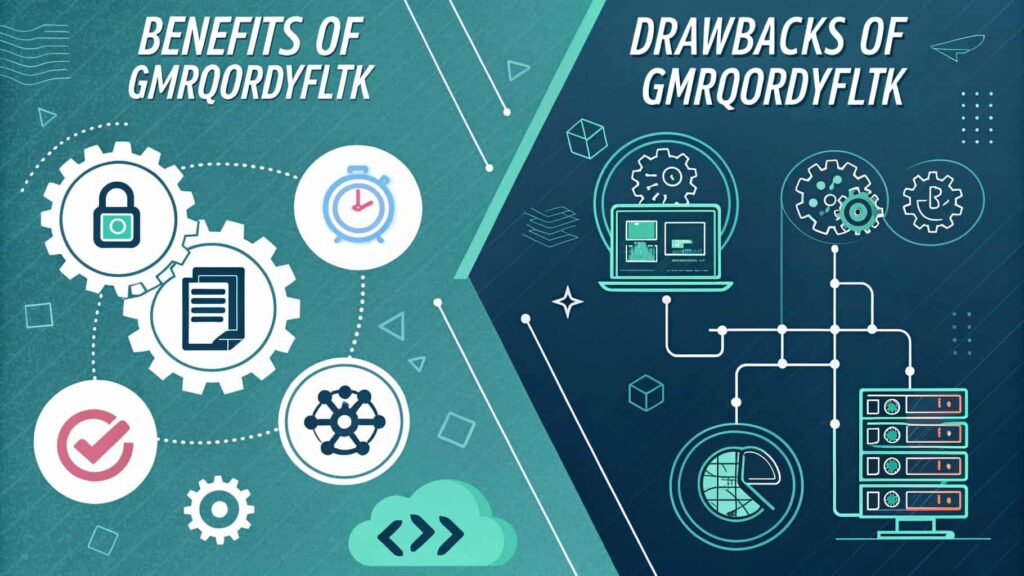
Benefits of gmrqordyfltk
The adoption of gmrqordyfltk in various systems and platforms is not without reason. Here are some standout advantages:
- Universality: It works across platforms, from local databases to cloud infrastructure and embedded systems.
- Lightweight: Unlike some identifiers that include metadata, gmrqordyfltk is compact, which enhances system performance.
- Scalability: Its format supports high scalability, suitable for massive infrastructures and enterprise-level applications.
- Interoperability: Gmrqordyfltk enables smooth integration across frameworks and programming languages.
- Traceability: It makes version control, audit trails, and debugging simpler through its consistent uniqueness.
Drawbacks to Consider
Despite its many strengths, gmrqordyfltk is not without limitations:
- Complexity for Beginners: New developers may find the term confusing due to a lack of mainstream documentation.
- Support Issues: Limited adoption means fewer resources and tutorials for troubleshooting.
- Compatibility with Legacy Systems: Older systems not designed to accept new identifier formats might reject or mishandle gmrqordyfltk.
- Not Human-Readable: Like UUIDs, gmrqordyfltk is machine-focused and not meant for easy recognition by humans.
Alternatives to gmrqordyfltk:
When gmrqordyfltk isn’t the best fit for a particular project, several reliable alternatives can step in:
| Identifier | Description | Best Use Case |
| UUID | A 128-bit label used to uniquely identify information. | General software applications and databases. |
| GUID | Microsoft’s implementation of UUIDs, common in Windows environments. | Enterprise software and legacy systems. |
| Hash IDs | Identifiers created through hashing algorithms like SHA256. | High-security environments needing data verification. |
| Custom Alphanumeric IDs | Project-specific strings crafted with defined rules. | Lightweight systems or unique use-case apps. |
Each alternative has its own strengths, depending on the level of uniqueness, readability, and integration support required.
Potential Future Developments for gmrqordyfltk:
Wider Adoption in AI and Automation
As artificial intelligence systems become more autonomous and decision-driven, there’s a strong need for identifiers that simplify automation tasks. Gmrqordyfltk could play a crucial role here by identifying datasets, AI models, and training iterations across automated pipelines.
Enhanced Encryption Capabilities
Security is at the core of future development. Researchers are already exploring how to embed lightweight encryption into identifiers like gmrqordyfltk. This would add an extra layer of security for sensitive applications, especially in healthcare, finance, and government systems.
Integration with Blockchain
Blockchain requires verifiable and tamper-proof identifiers. Gmrqordyfltk, due to its compact and unique structure, has potential as a transaction marker or smart contract reference in blockchain ecosystems.
Evolution into Smart Identifiers
The future could see gmrqordyfltk transforming from a static identifier to a smart, context-aware marker—capable of carrying metadata or updating its meaning based on context. This would open new opportunities in adaptive networks and smart systems.
FAQ’s
Q1: Can gmrqordyfltk be generated manually, or does it require a tool?
Gmrqordyfltk can technically be generated manually, but it’s more efficient and reliable to use automated tools or scripts designed for your development environment to ensure uniqueness and structure.
Q2: Is gmrqordyfltk suitable for mobile app development?
Yes, due to its lightweight nature and high compatibility, gmrqordyfltk works well in mobile apps, particularly for tracking user sessions or data syncs.
Q3: How does gmrqordyfltk compare to blockchain hashes?
While both offer uniqueness, blockchain hashes are immutable and cryptographic, while gmrqordyfltk is more flexible and suited for general-purpose identification.
Q4: Can gmrqordyfltk help in bug tracking or error logging?
Absolutely. By tagging errors or logs with a unique gmrqordyfltk, developers can trace issues back to specific versions or modules.
Q5: Are there specific industries where gmrqordyfltk is more commonly used?
Tech-heavy industries like cloud computing, IoT, AI development, and SaaS platforms are currently seeing the highest adoption of gmrqordyfltk due to their demand for scalable and adaptable solutions.
Conclusion
In today’s fast-moving tech world, gmrqordyfltk has emerged as a flexible and powerful solution to a long-standing problem—how to uniquely identify elements in an increasingly complex digital ecosystem. From cloud platforms and APIs to version control and AI, its applications are vast and growing.
Despite some learning curves and adoption barriers, the benefits of gmrqordyfltk far outweigh its limitations. With future developments pointing toward security enhancements, AI integration, and even blockchain compatibility, it’s clear that this identifier has a lot more to offer.
By understanding its purpose, uses, advantages, and alternatives, developers and tech enthusiasts can harness the power of gmrqordyfltk to build more efficient and scalable systems. As always in technology, those who adapt early often reap the biggest rewards.
Latest Post:



